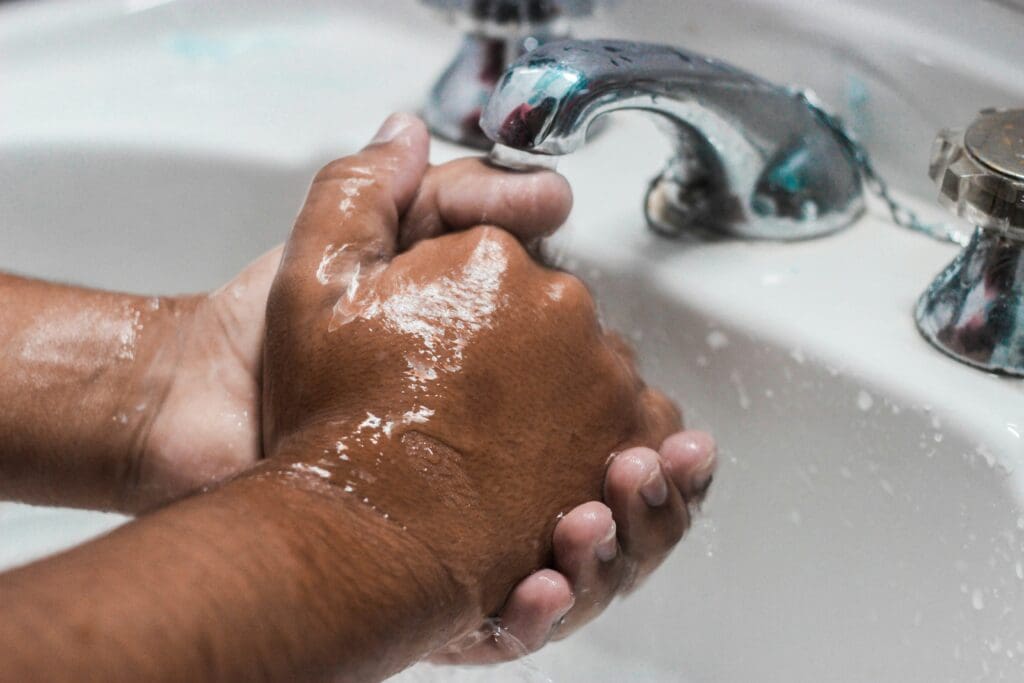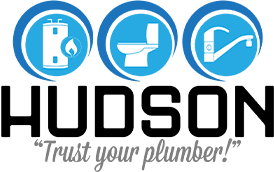Low water pressure can be a real headache. Whether you’re trying to take a shower, wash dishes, or water the lawn, weak water flow can make everyday tasks take longer and feel frustrating. At Hudson Plumbing, we want to help you figure out what’s causing the problem—and how to fix it.

Here are some common reasons your water pressure might be low, and what you can do about it.
1. Check All Faucets and Fixtures
First, find out if the low pressure is happening everywhere in your home or just in one place. Try turning on faucets in the kitchen, bathroom, laundry room, and outside. If it’s only one faucet with low pressure, the problem may be with that fixture alone. It could be a clogged aerator, which is the small screen at the end of the faucet. You can unscrew it, rinse out any dirt, and screw it back on.
2. Look for Leaks
Leaks in your plumbing system can lower your water pressure. Even small leaks waste water and reduce flow. Walk around your home and yard to look for any wet spots, dripping pipes, or signs of water damage. If you notice anything strange, call Hudson Plumbing right away. Fixing leaks early can save you money and prevent bigger problems.
3. Check Your Main Shut-Off Valve
Sometimes, the main water valve isn’t fully open. If someone recently did work on your plumbing, they may have turned the valve and forgotten to open it all the way. The valve is usually located near where the water line enters your home. Turn it counterclockwise to make sure it’s fully open.
4. Clean or Replace Your Showerhead
Is your shower pressure low? Mineral buildup from hard water can clog the holes in your showerhead. Try soaking it in vinegar for a few hours, then scrubbing it with an old toothbrush. If that doesn’t work, it might be time to replace the showerhead.
5. Check the Pressure Regulator
Homes with a pressure regulator may see low pressure if it’s failing. This device controls how much water pressure comes into your home from the city’s supply. If it’s broken, your pressure could be too low—or even too high. Replacing a pressure regulator is a job for a professional plumber.
6. Ask the Neighbors
Sometimes the problem isn’t inside your home at all. If your neighbors are also having issues, there could be a problem with the city’s water supply. In this case, you can contact your local water department for more information.
Dealing with low water pressure doesn’t have to be a mystery. By checking a few key areas around your home, you can often pinpoint the issue and even fix it yourself. But if you’ve tried these tips and the problem persists, don’t hesitate to reach out to the pros. At Hudson Plumbing, we’re here to help you get your water pressure back to normal—quickly, safely, and with minimal hassle. Contact us today, and let’s get the water flowing the way it should!

